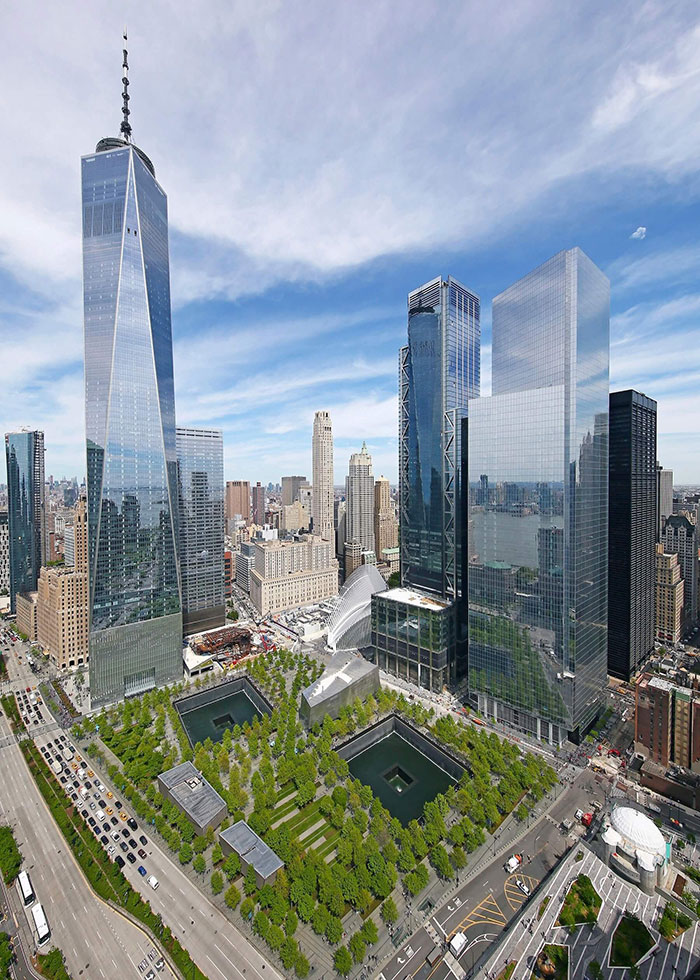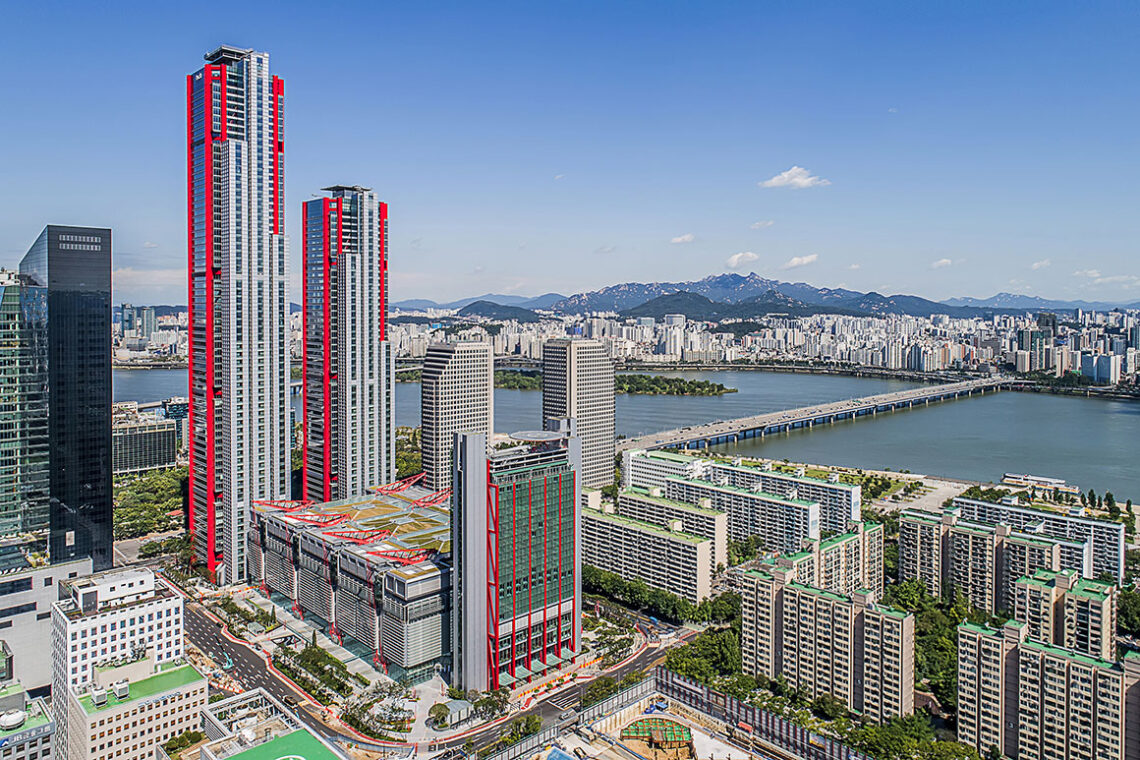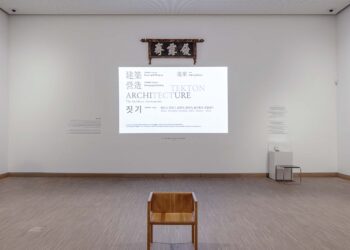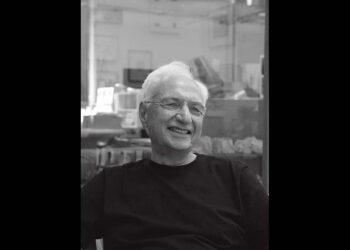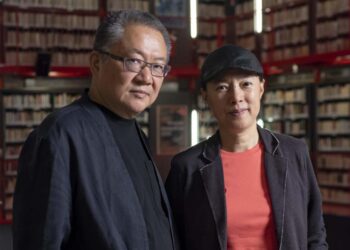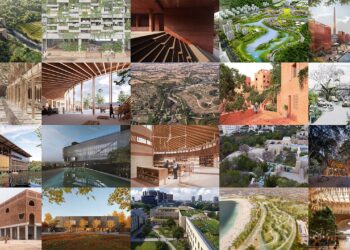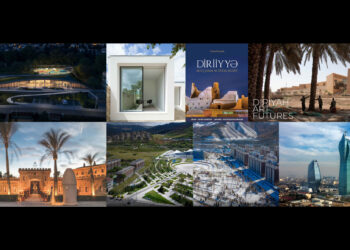
One of the pioneers of the high-tech architecture movement, Richard Rogers has passed away aged 88 on Saturday, December 18.
Richard Rogers was born in Florence, Tuscany, in 1933 into an Anglo-Italian family. Upon moving to England, Richard Rogers went to St John’s School, and undertook a foundation course at Epsom School of Art (now University for the Creative Arts) before going into National Service between 1951 and 1953. He then attended the Architectural Association School of Architecture in London, where he gained the Architectural Association’s Diploma (AA Dipl) from 1954 until 1959, subsequently graduating with a master’s degree (M Arch) from the Yale School of Architecture in 1962 on a Fulbright Scholarship. While studying at Yale, Rogers met fellow architecture student Norman Foster and planning student Su Brumwell.
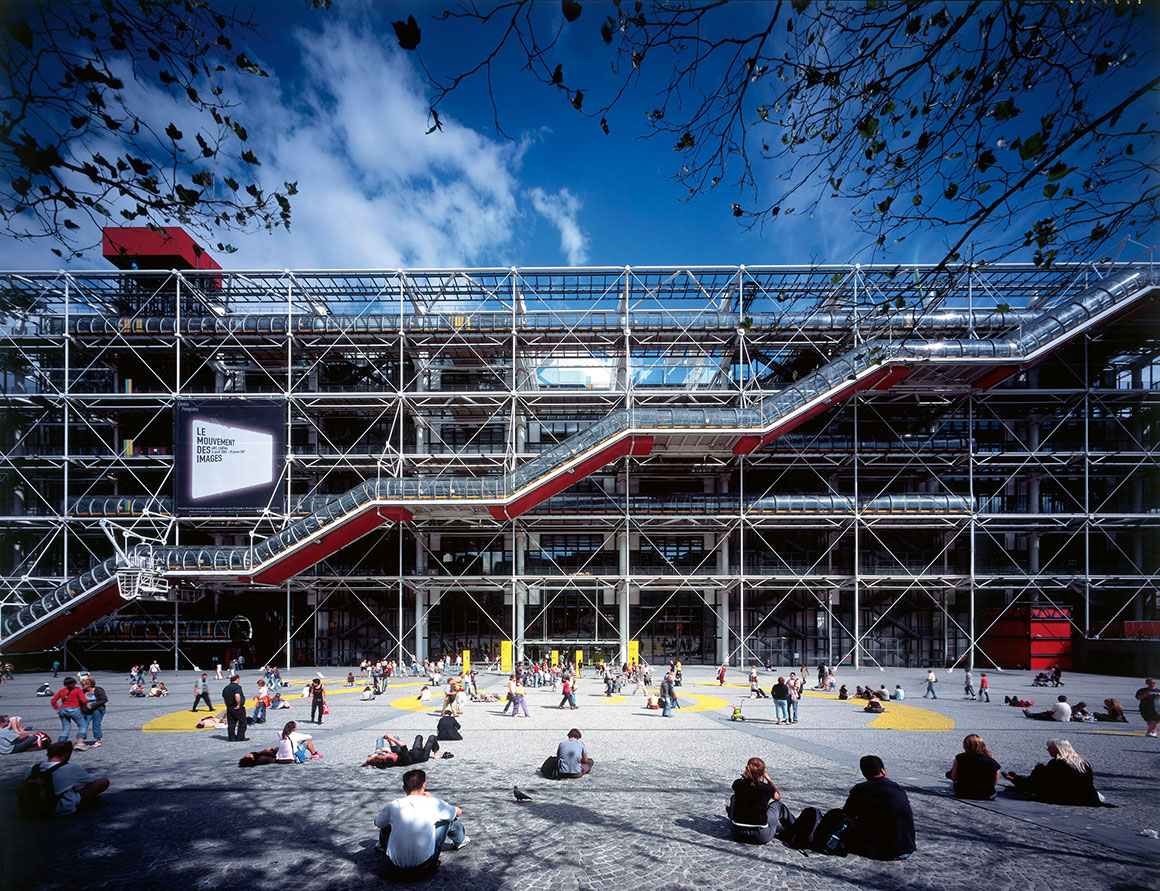
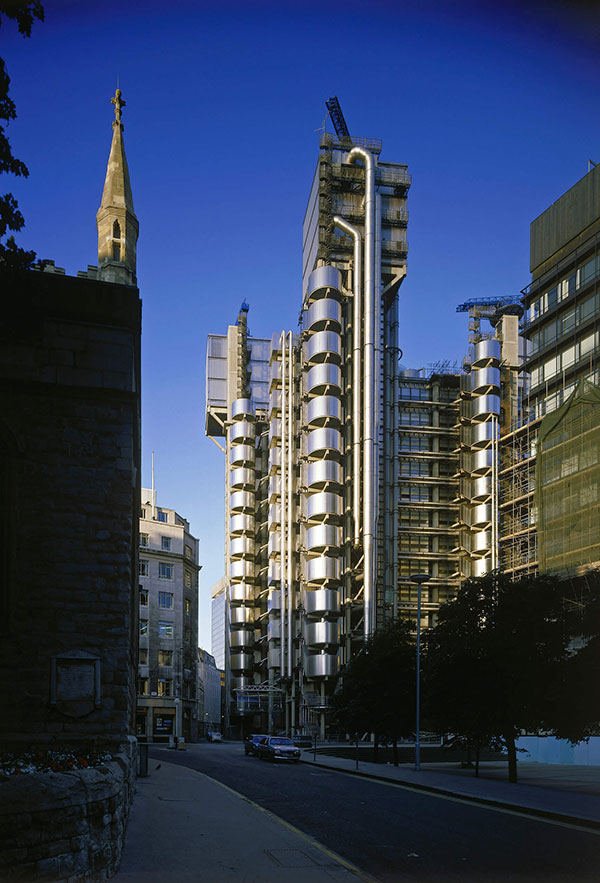

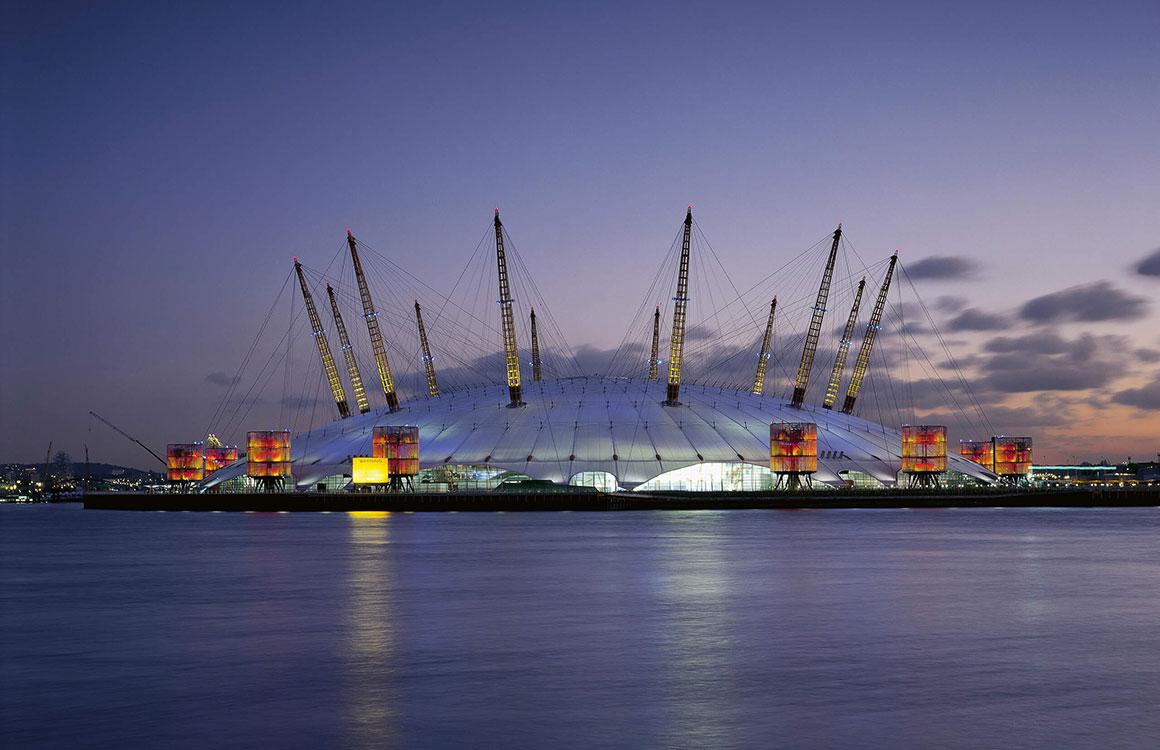
On returning to England in 1963, he, Norman Foster and Brumwell set up architectural practice as Team 4 with Wendy Cheesman. Rogers and Foster earned a reputation for what was later termed by the media high-tech architecture.
By 1967, Team 4 had split up, but Rogers continued to collaborate with Su Rogers, along with John Young and Laurie Abbott. He continued to develop his ideas of prefabrication and structural simplicity to design.
Rogers subsequently joined forces with Italian architect Renzo Piano, a partnership that was to prove fruitful. His career leapt forward when he, Piano and Gianfranco Franchini won the design competition for the Pompidou Centre in July 1971, alongside a team from Ove Arup that included Irish engineer Peter Rice.
Rogers was perhaps best known for his work on the Pompidou Centre in Paris, the Lloyd’s building and Millennium Dome both in London, the Senedd building in Cardiff, and the European Court of Human Rights building in Strasbourg.
He is the 2007 Pritzker Architecture Prize Laureate, the recipient of the RIBA Gold Medal in 1985 and winner of the 1999 Thomas Jefferson Memorial Foundation Medal. He is also winner of the 2000 Praemium Imperiale Prize for Architecture, the 2006 Golden Lion for Lifetime Achievement (La Biennale di Venezia) and the 2007 Tau Sigma Delta Gold Medal. Richard Rogers was awarded the Légion d’Honneur in 1986, knighted in 1991 and made a life peer in 1996. Most recently, in 2008 he was made a Member of the Order of the Companions of Honour.
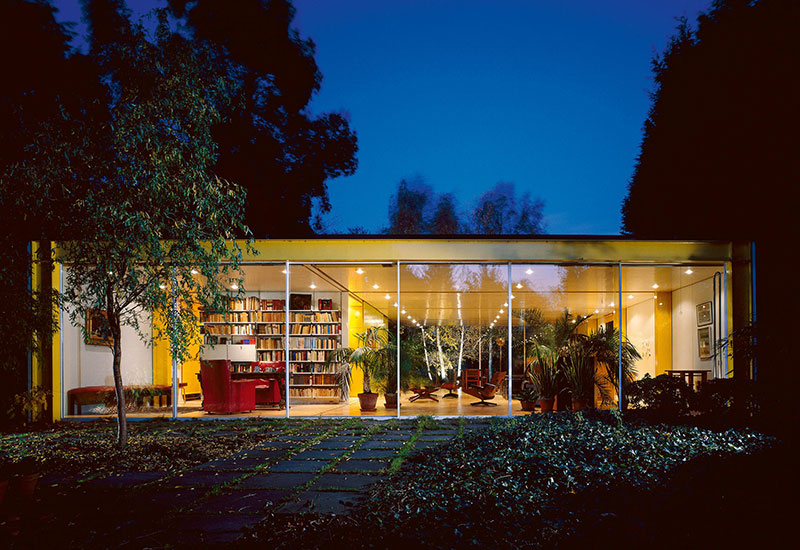

The idea of the piazza is a key preoccupation of Rogers’s. He understands that cities are made out of people, not buildings, and that the life between buildings is what matters. “Cities are a stage where people perform and buildings are the sets that frame the performance. A place for all”.
“Architecture is too complex to be solved by any one person. Collaboration lies at the heart of all my work. I enjoy the dynamic that flows when different disciplines, from sociology to mathematics, engineering to philosophy, come together to create solutions. This integration creates an ethos that best serves, and an aesthetic that best symbolises, the modern world. No-one is more integral to the clarity of a project that an enlightened client.”
Rogers was a Senior Partner at Rogers Stirk Harbour + Partners, previously known as the Richard Rogers Partnership, until 30 June 2020. He has served as Chairman of the Tate Gallery and Deputy Chairman of the Arts Council of Great Britain. He was an Honorary Trustee of the Museum of Modern Art in New York, Trustee of Médecins du Monde and President of The National Communities Resource Centre.
Photograph; courtesy of Rogers Stirk Harbour + Partners (except Parc.1)
